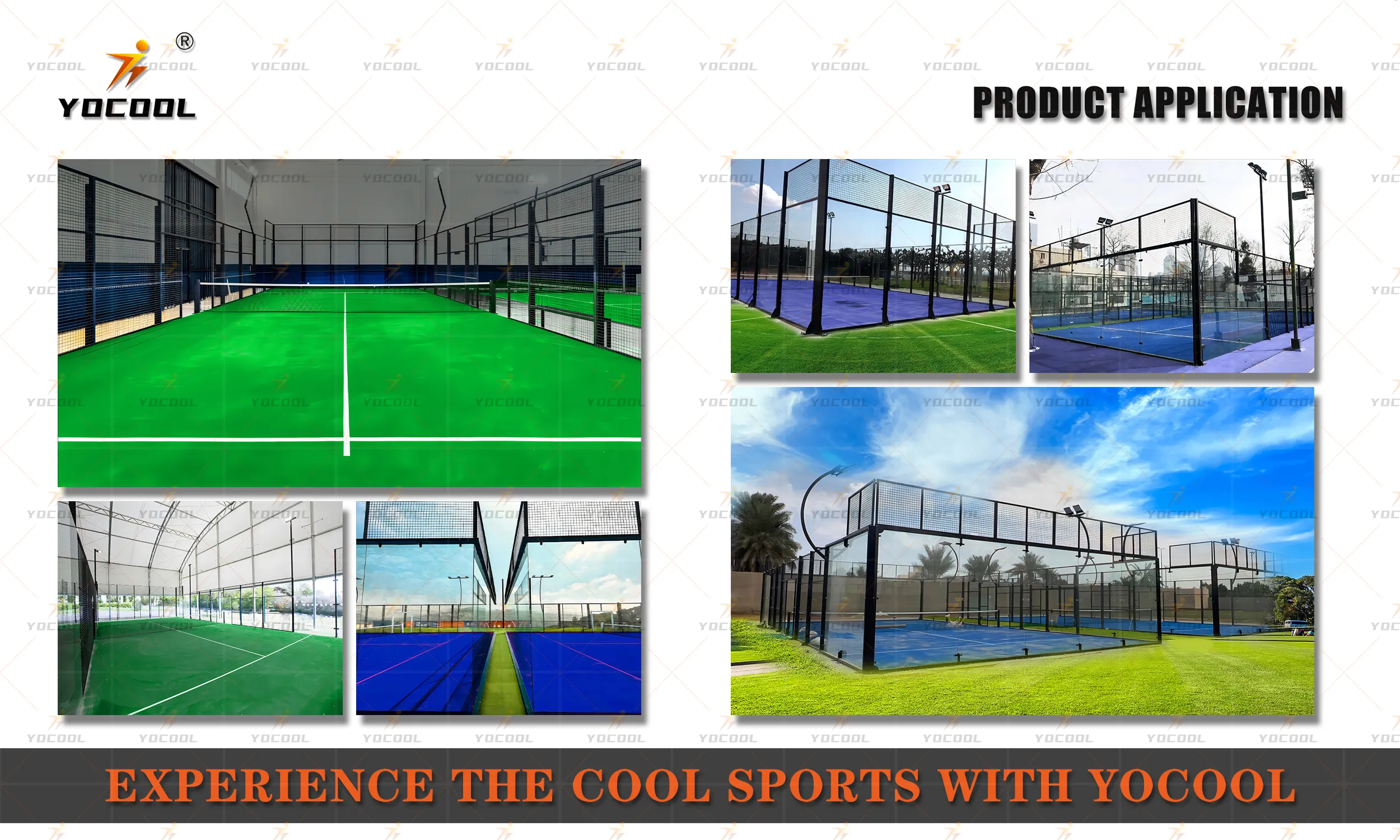

The Evolution and Popularity of Racquetball and Squash Courts
Racquetball and squash are two dynamic racquet sports that have captivated players and enthusiasts around the world. They both take place in enclosed courts, utilizing walls to enhance gameplay, and while they share some similarities, they also possess distinct characteristics that cater to different audiences. The evolution of racquetball and squash courts has played a significant role in the development and popularity of these sports.
The Foundations of Racquetball and Squash
Squash, which originated in the early 19th century in England, was initially played in prisons by inmates who sought to pass the time and stay active. The game evolved over the years and gained popularity in schools and clubs, leading to the establishment of formal rules and the formation of organizations to promote it. Squash courts typically feature four walls and are smaller than racquetball courts, enhancing the challenge and skill required to play.
Racquetball emerged in the 1960s in the United States, developed from a blend of traditional squash and handball. The sport was created to encourage fast-paced, high-energy play, leading to its quick acceptance among fitness enthusiasts. Racquetball courts, being larger than squash courts and with a different ball and racquet, are designed to accommodate the unique rules and gameplay of racquetball.
The Design and Structure of Courts
Both racquetball and squash courts are meticulously designed to provide optimal playing conditions. A standard squash court measures 32 feet in length and 21 feet in width. The front wall, which is crucial for shots and rallies, stands at 20 feet high. The back wall can be solid or glass, with the latter offering spectators the chance to watch the action in real-time.
Racquetball courts are larger; they measure 40 feet in length and 20 feet in width. The front wall is also 20 feet high, but the requirements for the back wall are different as it must be glass in many places, providing visibility and an immersive experience for fans. The unique aspect of racquetball courts is the distinctive serving box, where players must serve the ball after bouncing it once on the floor, adding another layer of strategy to the game.

Equipment and Gear
Spectators might not realize that the type of equipment used for each sport also influences the design of their respective courts. In squash, players typically use a smaller racquet and a slightly larger ball, which is designed to bounce less than the racquetball. This requires players to develop exceptional control and precision in their shots. Squash players often wear specialized shoes that minimize hard court damage and provide necessary grip on the court surface.
Conversely, racquetball players utilize a larger racquet (commonly over 22 inches) that allows for greater power and speed. The ball used in racquetball is noticeably bouncier, encouraging faster gameplay. The choice of footwear in racquetball is similarly specialized, although players often prioritize durability to withstand harder strikes and court surfaces.
The Impact of Courts on Accessibility
The availability of racquetball and squash courts plays a critical role in promoting these sports. Many fitness centers, schools, and community recreational facilities have embraced the construction of these courts, broadening accessibility for newcomers and seasoned players alike. In cities across the globe, squash clubs and racquetball leagues are thriving, showcasing tournaments and providing training that fosters a passionate community of athletes.
The courts offer not only a venue for competition but also serve as social hubs where enthusiasts can connect, learn, and grow within these sports. This community aspect encourages people of all ages and skill levels to engage in racquetball and squash, contributing to their overall popularity.
Conclusion
Racquetball and squash courts are more than just playing fields; they represent the evolution of sports that blend physical fitness with social interaction. Understanding the distinctions between these two sports and their respective courts enhances appreciation for the skills involved and the dedication required to excel. As these sports continue to grow globally, the courts where they are played will remain essential in shaping the experiences of players and fans alike, ensuring that racquetball and squash maintain their status as beloved athletic pastimes.
High-Performance Industrial Flooring Solutions China Paddle Tennis Court for Sale
High-Performance Industrial Flooring Solutions Durable & Cost-Effective
Homogeneous Transparent Floor – Durable & Stylish Rubber Floor Solutions
Premium Homogeneous Transparent Floor for Durable & Stylish Spaces Rubber Floor Solutions
Premium Sports Floor Solutions Durable PVC Sports Floor & Rubber Floor for Gyms
Durable Rubber Composite Floor Premium Rubber Floor & Mats Solutions